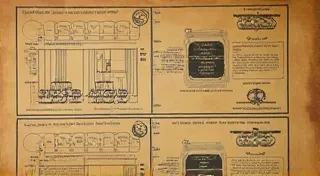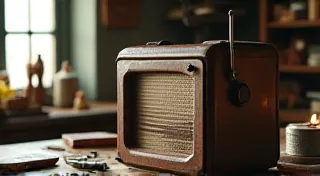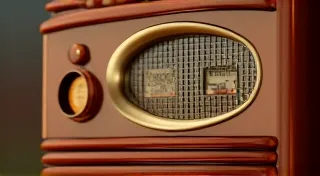Understanding and Replacing Transformers in Antique Radios
Transformers are unsung heroes within antique radios. Often overlooked, they're absolutely vital for power distribution and signal impedance matching. A faulty transformer can manifest in various ways, from hum and distortion to complete radio failure. This article will guide you through understanding transformers in vintage radios and what to consider when replacement becomes necessary.
What Does a Transformer Do?
In a tube radio, transformers perform several crucial functions:
- Power Transformer: Steps down the AC mains voltage to the lower voltages required by the tube circuits (filament voltage, plate voltage, etc.).
- Output Transformer: Matches the high impedance of the speaker to the low impedance of the amplifier stage, efficiently transferring audio power.
- Interstage Transformers (Less Common): Used in some designs to match impedances between different circuit stages.
Understanding their purpose is key to diagnosing problems and selecting appropriate replacements. A failing transformer rarely presents with a clear visual defect. Insulation breakdown and internal winding shorts are common failure modes.
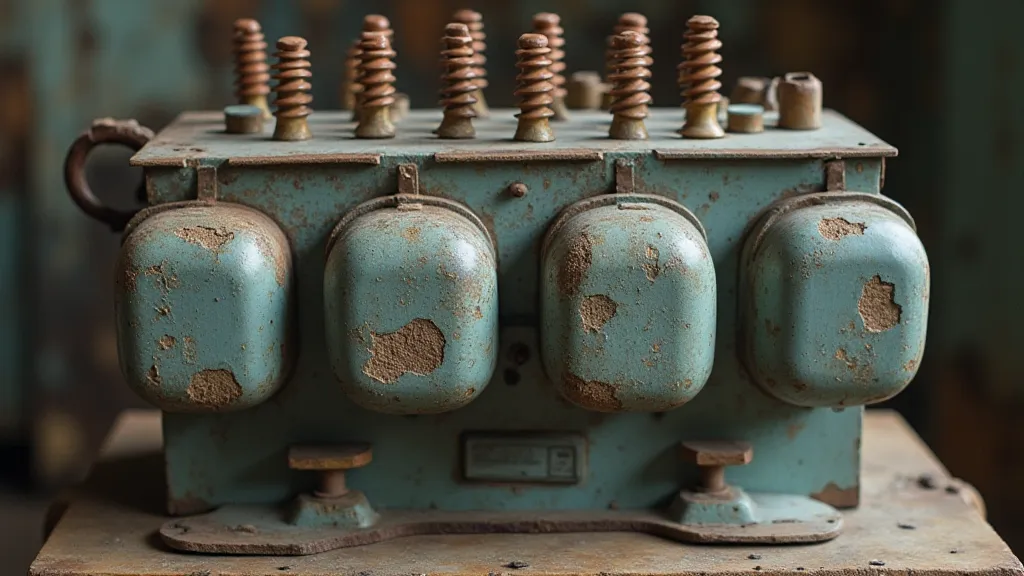
Identifying a Faulty Transformer
Diagnosing a transformer issue can be challenging. Here's what to look for:
- Hum: Excessive hum, especially in the audio output, is a frequent symptom of winding shorts or insulation breakdown within the transformer.
- Distortion: Distorted audio can be caused by problems with the output transformer.
- Voltage Measurements: Use a multimeter to check the output voltages on the transformer's secondary windings. Compare these readings to the values specified in the radio's schematic diagram. Significant deviations indicate a problem.
- Winding Resistance: Measure the resistance of each winding with an ohmmeter. An open circuit (infinite resistance) or a very low resistance (short circuit) points to a failed winding.
- Visual Inspection (Carefully!): Carefully inspect the transformer's case for cracks or signs of leakage. *Never* probe or test a transformer while it's connected to AC power. Disconnect it first!
Transformer Replacement – Considerations
Replacing a transformer isn't always a straightforward process. Here’s what you need to consider:
- Voltage Ratings: The replacement transformer must have the correct primary and secondary voltage ratings. Incorrect voltage can damage other components in the radio.
- Current Ratings: The replacement transformer’s current ratings (amps) should match or exceed the original’s. Undersized transformers will overheat and fail prematurely.
- VA Rating: The Volt-Ampere (VA) rating represents the transformer's apparent power. This is important to consider especially for power transformers. A replacement transformer should have a VA rating that is equal to or greater than the original.
- Physical Size and Mounting: The replacement transformer needs to physically fit within the radio's chassis and be mounted securely. Consider the location of mounting holes and the overall dimensions.
- Winding Connections: The winding connections (primary and secondary) are critical. Incorrect wiring can create severe problems. Refer to the radio’s schematic and carefully note the polarity and connection points.
- Impedance Matching (Output Transformers): For output transformers, the impedance ratio is absolutely crucial. Using the wrong impedance will drastically alter the radio's performance and potentially damage the tubes.
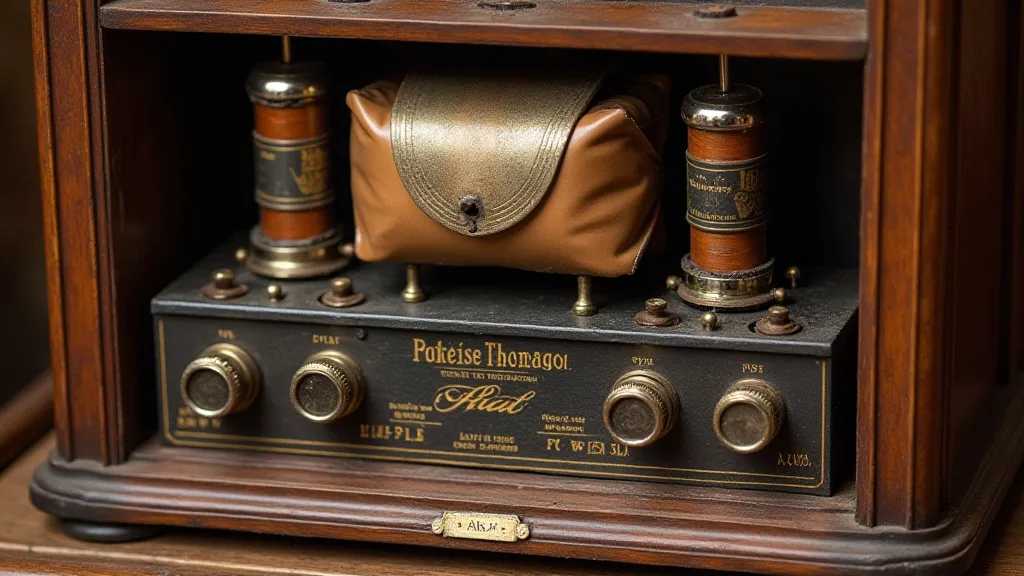
Sourcing Replacement Transformers
Finding replacement transformers can be challenging. Options include:
- Specialty Vendors: Several vendors specialize in antique radio parts, including transformers.
- eBay/Online Marketplaces: You may find used or NOS (New Old Stock) transformers on online marketplaces. Exercise caution and thoroughly inspect the transformer before purchase.
- Rewinding Services: In some cases, you can send your original transformer to a rewinding service to have its windings replaced. This can be a good option for preserving the original appearance of the radio.
Safety Precautions
Working with antique radios involves potentially hazardous voltages. Always follow these safety precautions:
- Disconnect the Radio from AC Power: Before performing any work, unplug the radio from the wall outlet.
- Discharge Capacitors: Capacitors can store dangerous levels of voltage even after the radio is unplugged.
- Use Proper Tools and Equipment: Use insulated tools and a reliable multimeter.
- If Uncertain, Seek Expert Assistance: If you're not comfortable working with electrical circuits, seek help from a qualified radio technician.
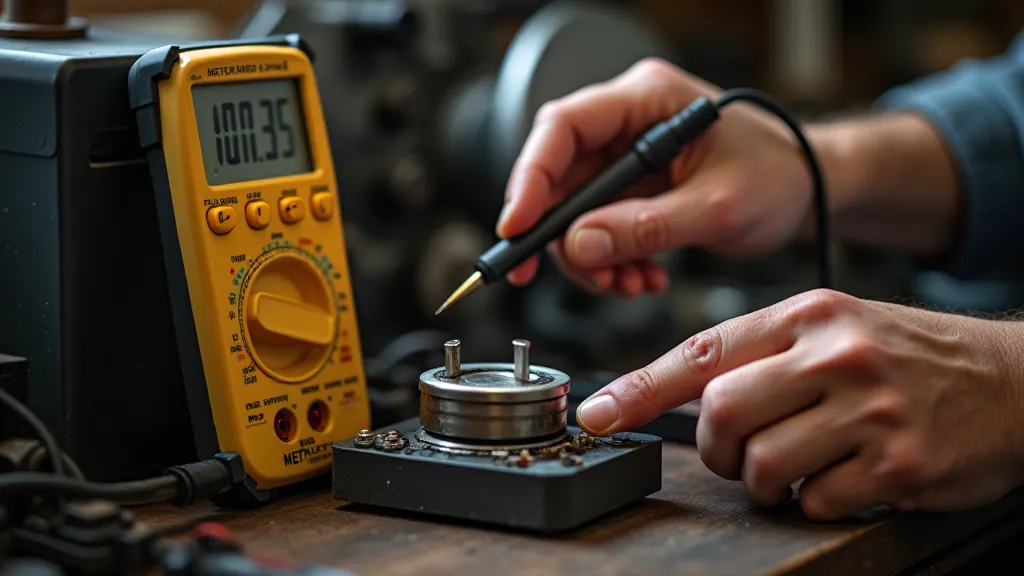
Replacing transformers in antique radios is a task requiring patience, attention to detail, and a good understanding of electrical principles. By following these guidelines, you can successfully restore your vintage radio to its former glory.

